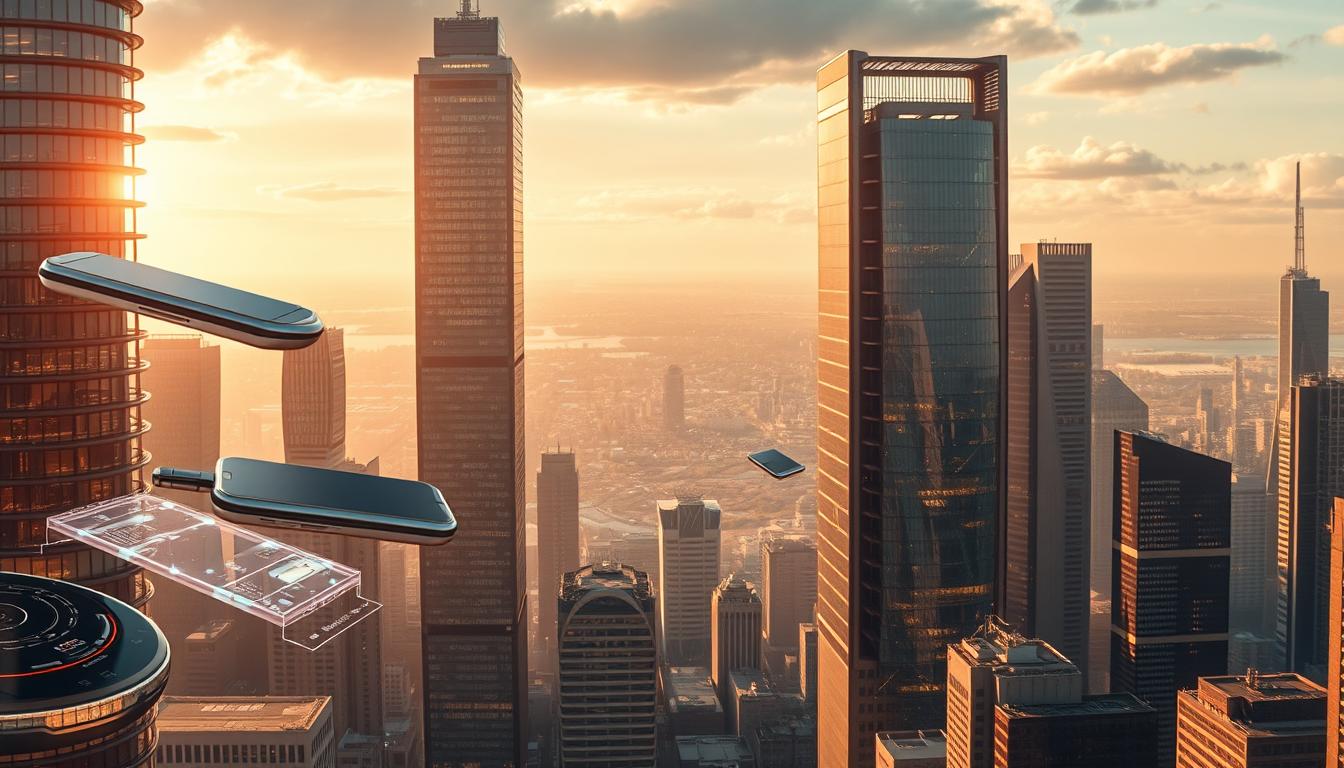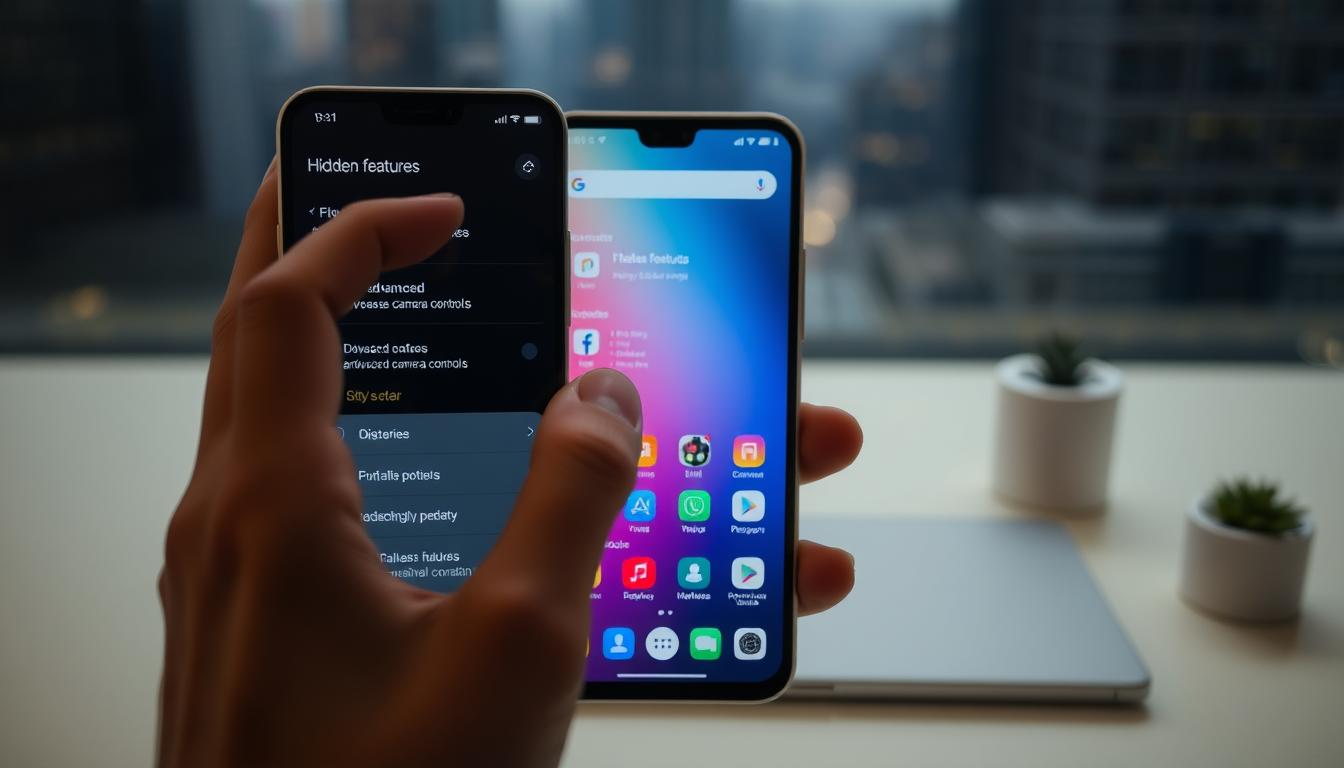
Tendencias digitales
Innovaciones tecnológicas que definirán la próxima década
¿Qué pasaría si la próxima ola tecnológica pudiera reducir costos, impulsar la sostenibilidad y cambiar la forma en que tu empresa toma decisiones? Tú...
Explorar por categoría
Seleccione una categoría para ver más contenido relacionado
Cargando publicaciones...



